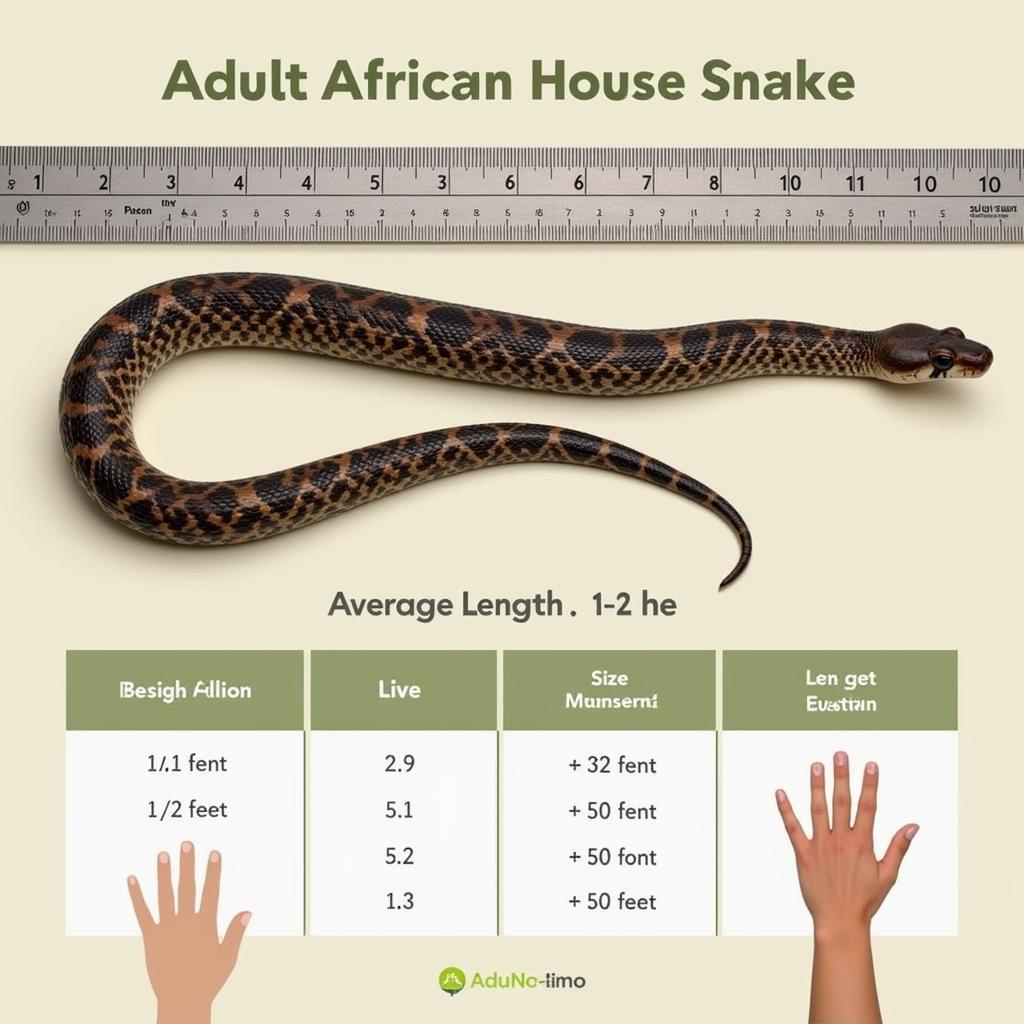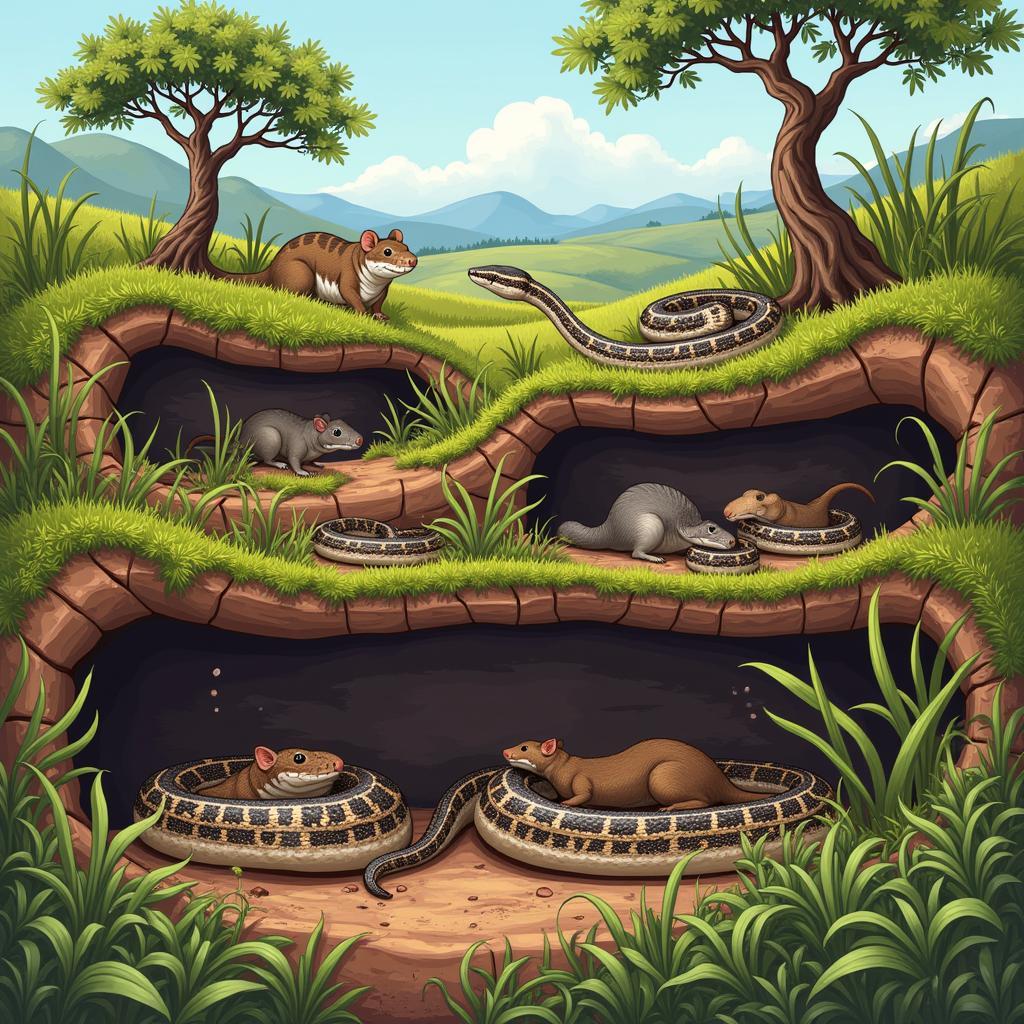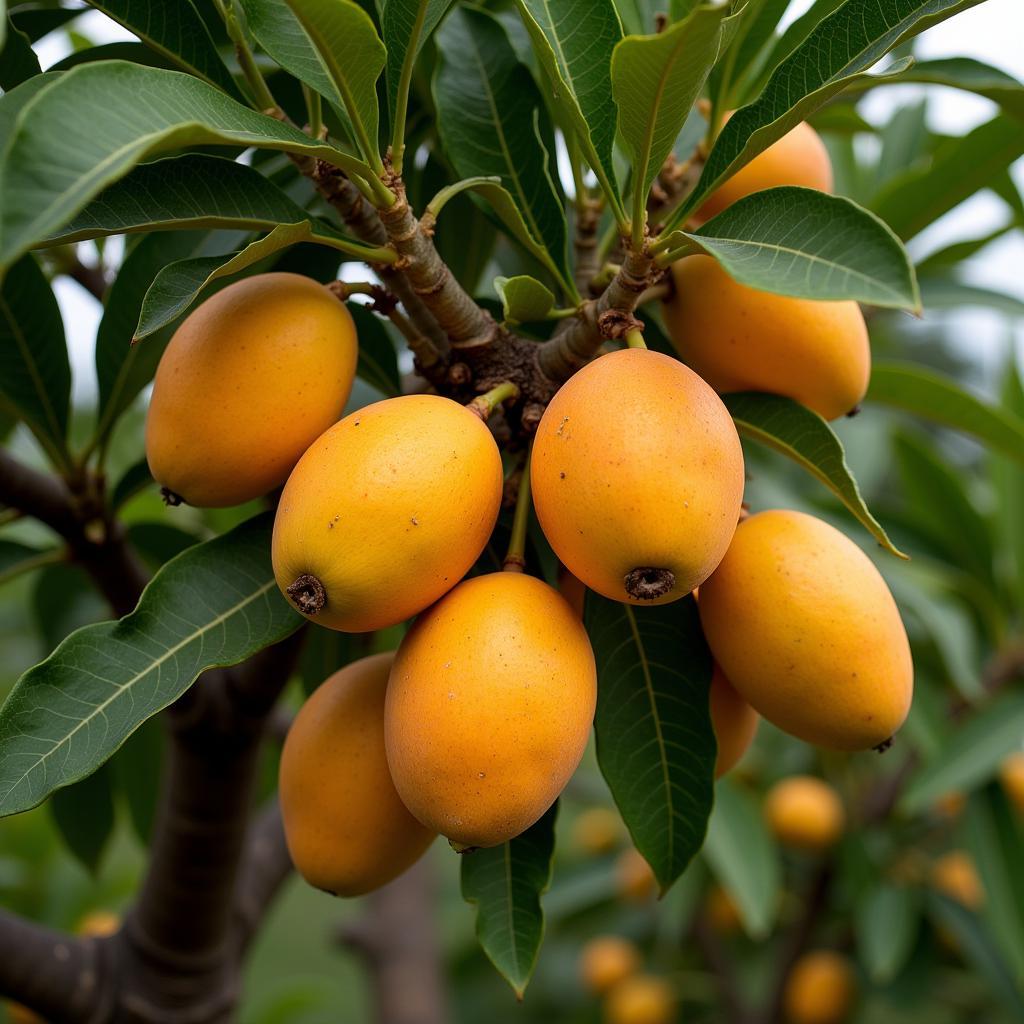African House Snake Size: A Comprehensive Guide
The African House Snake Size is a common question among reptile enthusiasts and homeowners alike. Understanding the typical size and growth patterns of these non-venomous snakes is crucial for responsible pet ownership and for identifying them in the wild. This guide will delve into the various aspects of African house snake size, including factors influencing growth, comparisons with other snake species, and dispelling common misconceptions.
Understanding African House Snake Growth
African house snakes, scientifically known as Boaedon fuliginosus, are relatively small constrictors. Their size generally ranges from 2 to 4 feet in length, with females typically being larger than males. However, some individuals have been recorded reaching lengths of up to 6 feet, although this is quite rare. Several factors influence the size of an African house snake, including genetics, diet, and environmental conditions. For instance, a snake with access to abundant food and a suitable habitat will likely grow larger than one with limited resources. What’s more, different subspecies can exhibit variations in size.
The growth rate of African house snakes is also variable. Young snakes typically grow rapidly during their first few years, reaching near-adult size within 3 to 5 years. After this initial growth spurt, their growth slows considerably.
One interesting fact is that captive-bred African house snakes sometimes grow larger than their wild counterparts, likely due to consistent access to food and optimal living conditions. This difference highlights the significant impact of environmental factors on snake growth.
 African House Snake Size Comparison Chart
African House Snake Size Comparison Chart
African House Snake Size vs. Other Snakes
Compared to other popular pet snakes like the African ball python, African house snakes are generally smaller. Ball pythons are known to reach lengths of 3 to 5 feet on average, with females sometimes exceeding 6 feet. While the size ranges overlap, the potential for a larger size in ball pythons is more common. Even smaller still is the African house gecko, often found sharing habitats with the house snake.
The size difference between African house snakes and other species can be attributed to several factors, including their natural prey, metabolic rate, and evolutionary history. African house snakes primarily feed on rodents, while larger snakes like pythons may consume larger prey like rabbits or birds.
Another intriguing comparison is with the various African gecko species. While not snakes, these reptiles share similar habitats and are often confused with young house snakes. Understanding the distinctions between these species is vital for proper identification.
 African House Snake Habitat and Prey
African House Snake Habitat and Prey
Common Misconceptions About African House Snake Size
One common misconception is that all African house snakes are small and docile. While they are generally smaller than many other snake species, their temperament can vary. Some individuals can be quite defensive, while others are more tolerant of handling. Just as with any pet, proper research and responsible handling are crucial.
Another myth is that larger African house snakes are more dangerous. Size does not correlate with venomosity in African house snakes, as they are non-venomous constrictors. Their primary defense mechanism is constriction, which they use to subdue their prey. It’s also important to note that they rarely bite humans unless threatened.
“Understanding the individual temperament of an African house snake is more important than focusing solely on its size,” says Dr. Khadija Mwangi, a herpetologist specializing in African snake species. “Proper handling techniques and respect for the animal’s boundaries are essential for a positive interaction.”
 Handling an African House Snake
Handling an African House Snake
Conclusion
The African house snake size is a multifaceted topic influenced by genetics, diet, and environment. While typically ranging from 2 to 4 feet, variations exist, highlighting the unique nature of each individual snake. Understanding these factors, along with dispelling common misconceptions, is essential for responsible pet ownership and appreciating the role of these fascinating creatures in the African ecosystem. Remember, responsible pet ownership also involves understanding the dietary needs of your snake, including knowing if you’re considering an African egg eating snake pet. And for those interested in exploring the cultural impact of African symbolism, exploring themes such as African Americans in the Bluest Eye can provide valuable insights.
FAQ
-
What is the average size of an African house snake? They typically range from 2 to 4 feet in length.
-
How fast do African house snakes grow? They grow rapidly during the first few years, reaching near-adult size within 3-5 years.
-
Are larger African house snakes more dangerous? No, size doesn’t equate to danger as they are non-venomous.
-
What factors influence African house snake growth? Genetics, diet, and environment all play a role.
-
Do African house snakes make good pets? With proper care and understanding, they can make rewarding pets.
-
What do African house snakes eat? Primarily rodents.
-
How can I tell the difference between an African house snake and a gecko? Though both can be found in similar habitats, they have distinct physical characteristics. Geckos are smaller, have broader heads, and often possess specialized toe pads for climbing. African house snakes are longer, have slender bodies, and lack toe pads.
Do you have other questions about African wildlife? Check out our articles on the African ball python.
For further assistance, please contact us at:
Phone: +255768904061
Email: kaka.mag@gmail.com
Address: Mbarali DC Mawindi, Kangaga, Tanzania.
Our customer service team is available 24/7.


